Xbian vs Raspbmc or OpenELEC for Raspberry Pi - as the title says, it's a comparison of the three major media center operating systems for Raspberry Pi. Recently, I introduced 4 operating systems for Raspberry Pi that are primarily for running a media center. I am going to tell you right off the bat that I recommend Xbian over OpenELEC or Raspbmc. So on my new shiny Raspberry Pi with all the bells and whistles, I tried all three operating systems and decided to stick with Xbian at this point. In this review (Part 1) you will find a detailed comparison of the three operating systems on speed or responsiveness. In Part 2, you will find a comparison of options and features offered by Xbian vs Raspbmc or OpenELEC (coming on 8/20/2013). So here it goes.
Update (5/13/2015): Raspbmc is now OSMC. So you may want to check out our latest OpenELEC vs OSMC comparison.
| Build a Low-Cost Raspberry Pi Media Center | Price |
|---|---|
| Raspberry Pi 4B Starter Kit with case, power adapter, and heat sinks | ~$82.00 |
| Sandisk Ultra 32GB Micro SDHC UHS-I Card 98 MB/s | ~$8.00 |
| SANOXY Wireless USB PC Remote Control Mouse for PC | ~$8.00 |
Table of Contents
Xbian vs Raspbmc or OpenELEC: Part 1
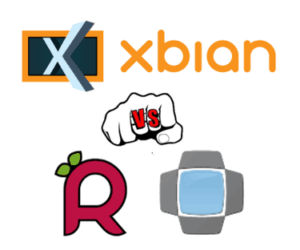 It is important to understand that the primary objective is to run a low-power media center that can play HD video from home server through the wireless network. Although you can install downloading services such as CouchPotato, Sick Beard, Transmission, and SABnzbd or a webserver, I won't cover those in detail. I will also not cover overclocking or USB installation. The comparison was on the barebones Raspberry Pi with a Transcend 8 GB Class 10 SD card. Note that all tests were done on the same SD card. After testing each OS, the card was fully formatted using SD Card Formatter. I found Xbian to be the most responsive, fast, and newbie-friendly. Find the versions compared below and read on to know more about Xbian vs Raspbmc or OpenELEC.
It is important to understand that the primary objective is to run a low-power media center that can play HD video from home server through the wireless network. Although you can install downloading services such as CouchPotato, Sick Beard, Transmission, and SABnzbd or a webserver, I won't cover those in detail. I will also not cover overclocking or USB installation. The comparison was on the barebones Raspberry Pi with a Transcend 8 GB Class 10 SD card. Note that all tests were done on the same SD card. After testing each OS, the card was fully formatted using SD Card Formatter. I found Xbian to be the most responsive, fast, and newbie-friendly. Find the versions compared below and read on to know more about Xbian vs Raspbmc or OpenELEC.
- Xbian: 1.0 Beta 1.1 released on July 14th, 2013
- Raspbmc: July 2013 Update
- OpenELEC: 3.0.6 Stable released on June 15th, 2013
1. Ease of Installation
Installation of Xbian vs Raspbmc or OpenELEC was the easiest easy. Installation instructions are available here: Xbian, Raspbmc, and OpenELEC. Installation of Xbian and Raspbmc were the easiest on Windows and OpenELEC on Linux. The general steps involve 1) formatting the SD card, 2) downloading an installer or an image file, and 3) running the installer or writing the image file to the SD card.
Xbian: Xbian provides a Windows installer. Just download the installer, format your SD card, and run the installer. You will have the option to choose which version to install. If you have a good internet connection, within 5-10 minutes you are done.
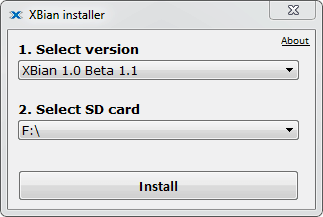
Raspbmc: While Raspbmc provides a Windows installer it is not best suited for over network (Wifi) installation. In my attempt, the total process took about 25 minutes. The installer only install the base files, then when Raspberry Pi boots for the first time, Raspbmc downloads and installs the root filesystem and XBMC. One good feature was that the Windows installer allows you to pre-configure Wifi.
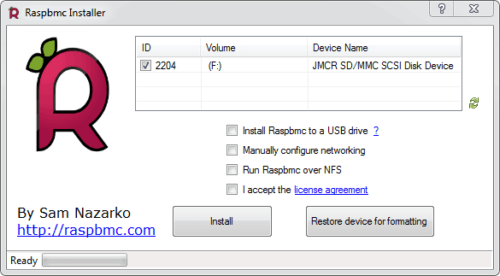
OpenELEC: OpenELEC installation on Windows can be a bit lengthy, so I chose to install from Linux. The whole process took about 10 minutes and is fairly straight forward if you stick to the guide.
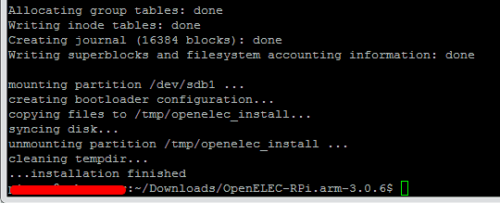
NOOBS: New Out of Box Software (or NOOBS) allows you to quickly install Raspbmc or OpenELEC. It does not support Xbian at this point. You download a ~1 GB compressed file, extract it into your SD card's root folder and boot your Raspberry Pi. You will have the option to choose your operating system of your choice. The whole process takes about 10 to 15 minutes.
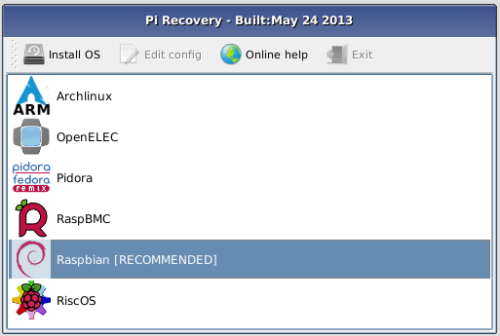
Winner: Xbian
Boot Speed
One of the main features I was looking for was how fast the operating system was able to boot and reach a stable XBMC interface that is ready for navigation. I did not want to switch on the Raspberry Pi in my bedroom and wait for several minutes before I could navigate or play a video. After complete installation on a freshly formatted SD card, boot speeds were measured 5 times for each OS. Boot speed of Xbian Vs Raspbmc or OpenELEC was the best. Below are the results:
| OS | 1 | 2 | 3 | 4 | 5 | Average |
|---|---|---|---|---|---|---|
| Xbian | 38s | 37s | 37s | 38s | 36s | 37s |
| Raspbmc | 77s | 80s | 78s | 77s | 79s | 78s |
| OpenELEC | 50s | 49s | 50s | 48s | 49s | 49s |
Note that these comparisons were made without overclocking or using an USB drive for boot. As you can see, even without these, Xbian booted and reached a stable XBMC interface fairly quickly.
Winner: Xbian
Operation Speed
Operation speed of Xbian vs Raspbmc or OpenELEC was compared by navigating to various windows, opening libraries, opening addons, opening settings, and changing library views. These tests were done after setting up a library of 212 Movies and ~1200 TV show episodes. Raspbmc was the slowest and felt clunky/bloated. OpenELEC was definitely more fluid than Raspbmc. However, after adding the libraries there was some slowdown (still better than Raspbmc). Furthermore, changing views while a few seconds faster than Raspbmc was still slower than Xbian.
The only thing that I found to be slow on Xbian vs Raspbmc or OpenELEC was opening Xbian Settings. It definitely took at least 15 seconds or more for the window open then about 15 more seconds for it to ready for navigation. Xbian does tell you that it could take about 1 minute for the window to open.
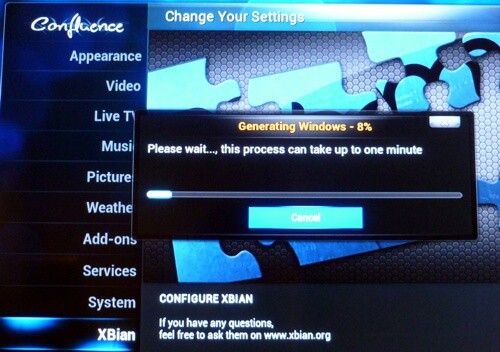
While I did not time each activity, Xbian was clearly faster than Raspbmc or OpenELEC. Some services (eg. SAMBA) that are activated by default on Raspbmc or OpenELEC were not enabled on Xbian. They could be enabled manually (one-click) during configuration. Xbian's performance was the best possibly due to fewer running services and/or because Xbian uses btrfs filesystem which provides certain performance advantages. Some people may not need all the services anyways. Whether Xbian would slowdown after installing extra services or packages is a question that still needs to be answered.
Winner: Xbian
Best Standalone Bittorrent Downloaders:
Conclusions: Part 1
While I wonder if all developers could work together to develop one super-awesome distro I also believe that competition breeds innovation. For the purposes of building a fast and responsive media center using Raspberry Pi, my experience showed that Xbian was the best. Below is a summary of my findings.
| Feature | Xbian | Raspbmc | OpenELEC |
|---|---|---|---|
| Installation | Easiest | Easy (but long) | Easy (on Linux) |
| Boot Speed | Fastest | Slow | Fast |
| Operation Speed | Fastest | Slow | Fast |
Reason(s) behind the observed responsiveness of Xbian could be 1) fewer running services on Xbian, 2) Xbian using btrfs filesystem, and 3) Xbian being overclocked to 850 Mhz by default (more on this in Part 2). I want to be clear that you cannot really go wrong using any of them. You may observe the same speed/fluidity in other operating systems if they are overclocked. All played HD videos over Wifi without any stuttering. I have nothing against Raspbmc or OpenELEC. But at this point, the answer to Xbian vs Raspbmc or OpenELEC, for me, is Xbian. You will find that Part 2 of this comparison on options and features also supports my conclusion.
Update (08/28/2013): OpenELEC 3.1.6 when overclocked to the same level as Xbian was faster and more responsive (read more).

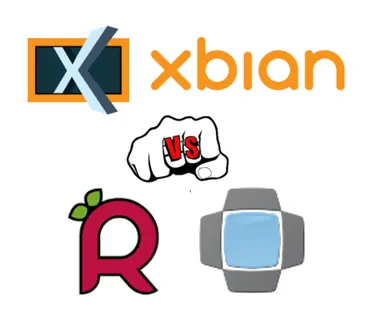

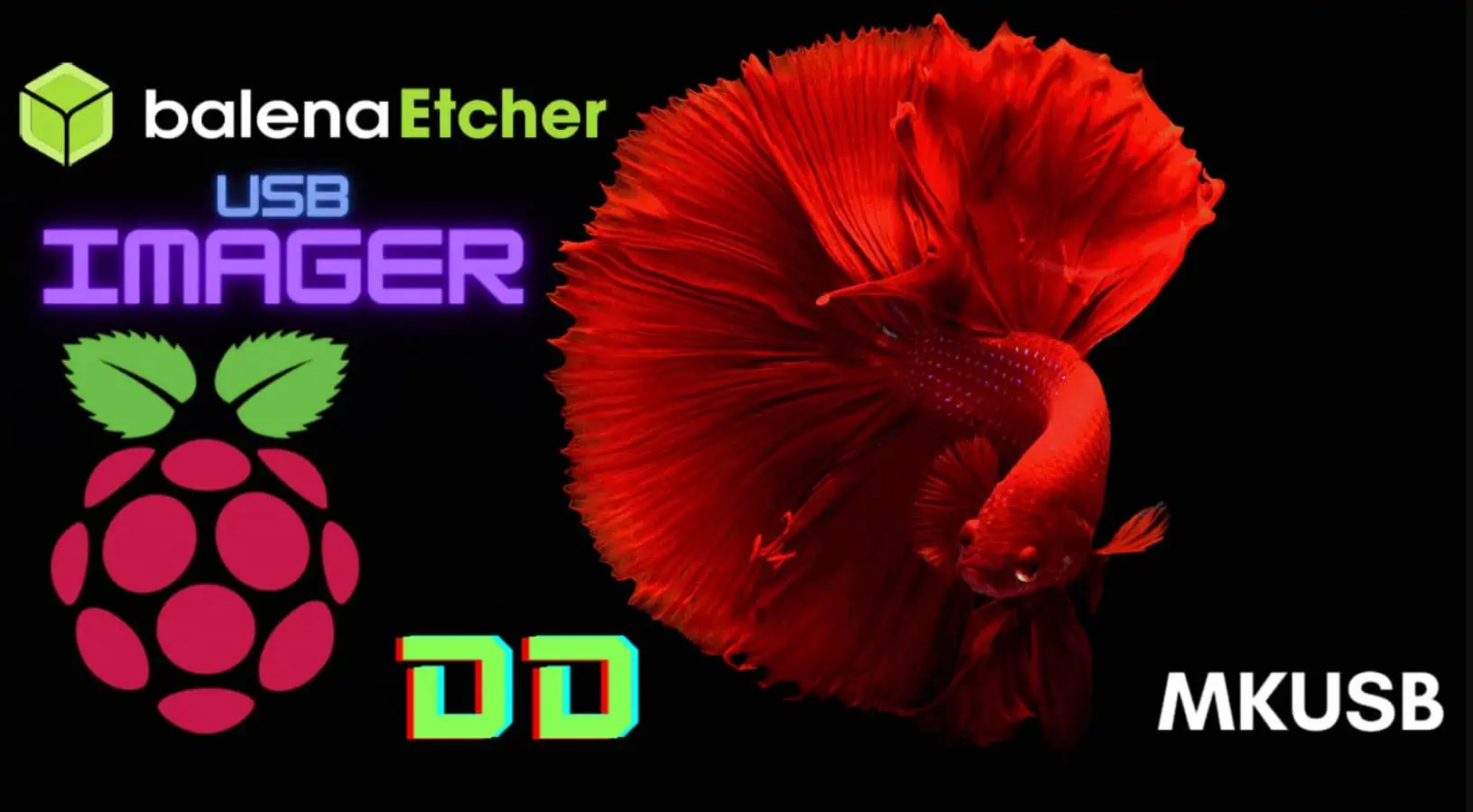
![8 Amazing Raspberry Pi Ideas [2022]: Beginners and Enthusiasts Raspberry Pi ideas](https://www.smarthomebeginner.com/images/2021/09/raspberry-pi-4-dev-board.jpg)
![10 Best Plex Client Devices [2022] - STUTTER-free Streaming Best Plex Client Devices](https://www.smarthomebeginner.com/images/2022/02/best-nas-for-plex-server-featured-images-from-pexels-photography-maghradze-ph-3764958-e1648542743772.jpg)
![10 Best Jellyfin Client Devices [2022] - 4k, Hardware Transcoding, etc. Jellyfin Roku App](https://www.smarthomebeginner.com/images/2021/02/jellyfin-roku-client-app-ft.jpg)
![10 Best Emby Client Devices [2023] - 4k, Hardware Transcoding, etc. setup emby server with raspberry pi](https://www.smarthomebeginner.com/images/2017/02/setup-emby-server-with-raspberry-pi.jpg)